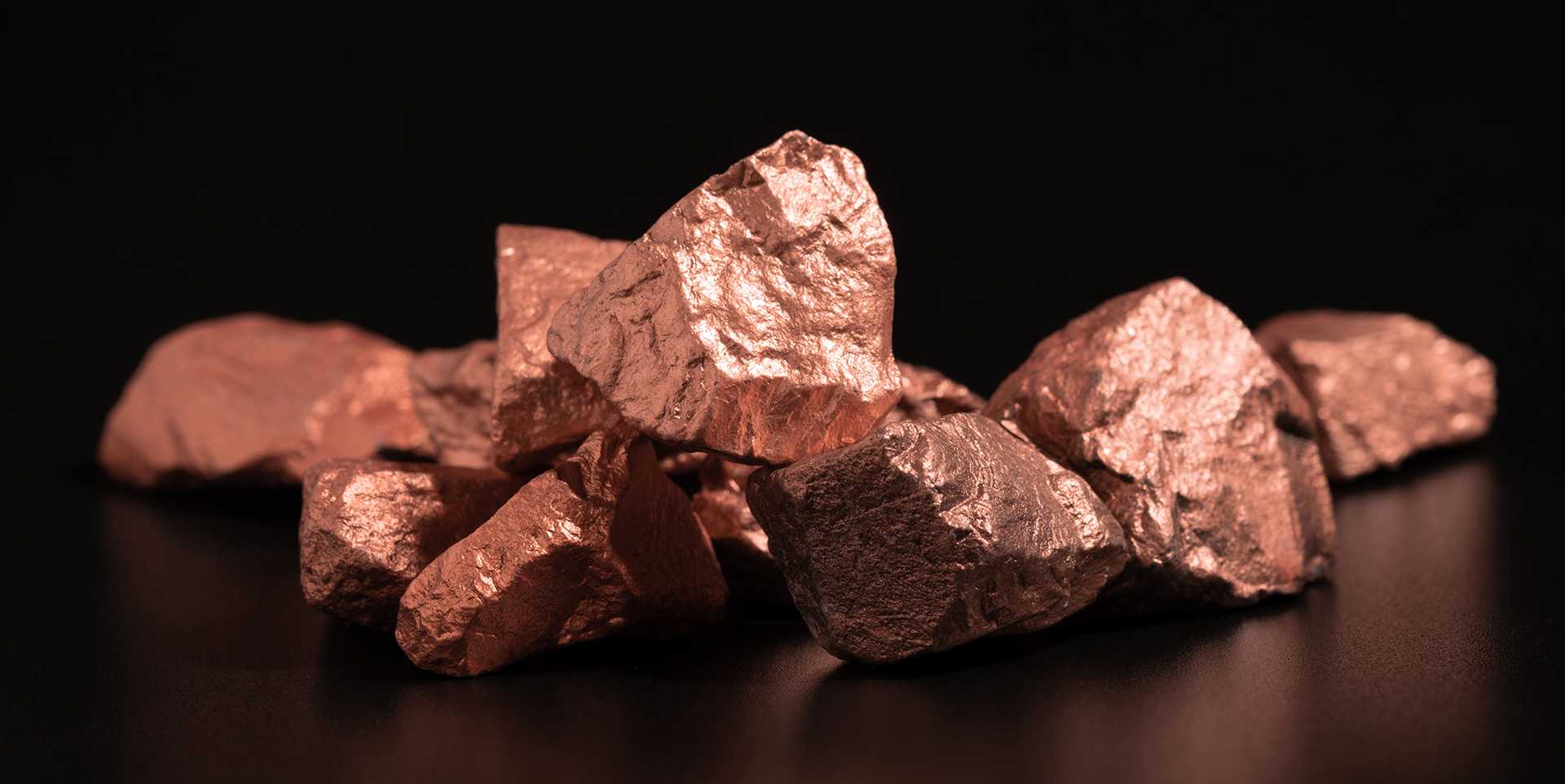Water-rich magmas are crucial for forming copper deposits
"Super-wet" magmas play a critical role in forming large deposits of copper, a metal vital for modern technologies and society's shift to green energy.

From electric vehicles and smartphones to the power grid, copper is essential for modern life. As society's demand for copper continues to grow, meeting this demand through mining and potentially recycling becomes ever more critical. However, recycling alone will not be sufficient to meet future copper requirements.
A new study published in Nature Communications examines magmas in subduction zones - where one tectonic plate slides beneath another, such as along the Andes in South America. These environments produce significant volumes of molten rock (magma) deep within Earth's crust, leading to both explosive volcanic activity and the formation of one of the most economically valuable mineral resources - copper.
Typically, the water content in these magmas was thought to be between 4-6%. However, the study, conducted by scientists from ETH Zurich, the University of Oxford, the Natural History Museum of London and Imperial College London, reveals that some of these magmas may be "super-wet," containing as much as 6-8% water.
The key scientific finding of the research is that these very wet magmas are instrumental in forming porphyry copper deposits, which account for nearly 75% of the world’s copper. These deposits are formed when magma, rich in copper-bearing fluids, expels these fluids into the Earth’s upper crust. The study found that zircon crystals in copper-rich rocks in Central Chile and other copper deposits worldwide record this high water content, suggesting that super-wet magmas are far more common than previously thought.
Moreover, this study offers a practical tool for locating new copper deposits, a priority for many mining companies. By identifying areas where ancient magmatic systems had high water content, geologists can better predict where hidden copper resources might lie. This discovery is especially significant as copper is a key material in renewable energy technologies like solar panels, wind turbines, and electric vehicles. With copper demand projected to exceed supply by 2035, new resource discovery is vital for society's transition to net-zero emissions.
Reference
Chetan Nathwani, Jon Blundy, Simon J. E. Large, Jamie J. Wilkinson, Yannick Buret, Matthew A. Loader, Lorenzo Tavazzani & Cyril Chelle-Michou. A zircon case for super-wet arc magmas. Nat Commun 15, 8982 (2024). doi: external page 10.1038/s41467-024-52786-5